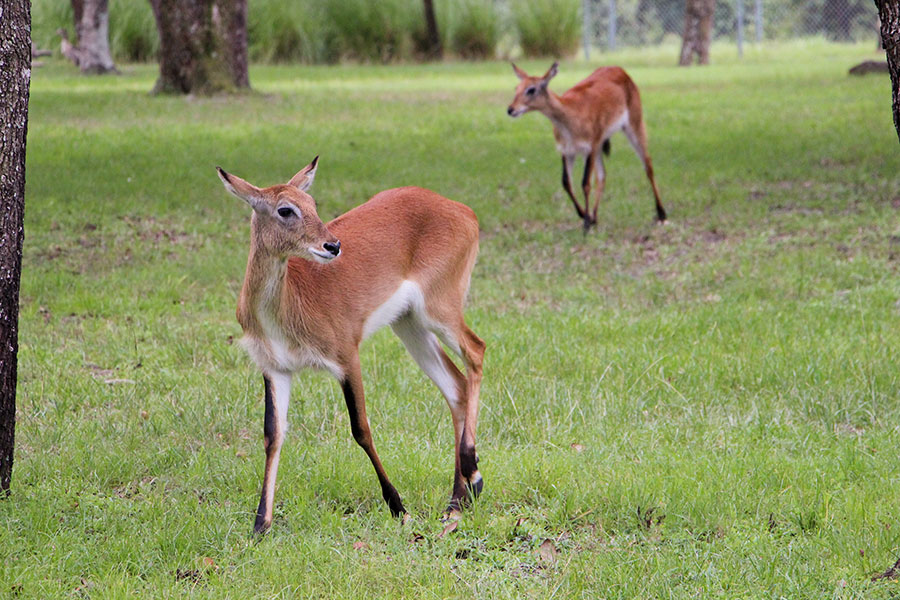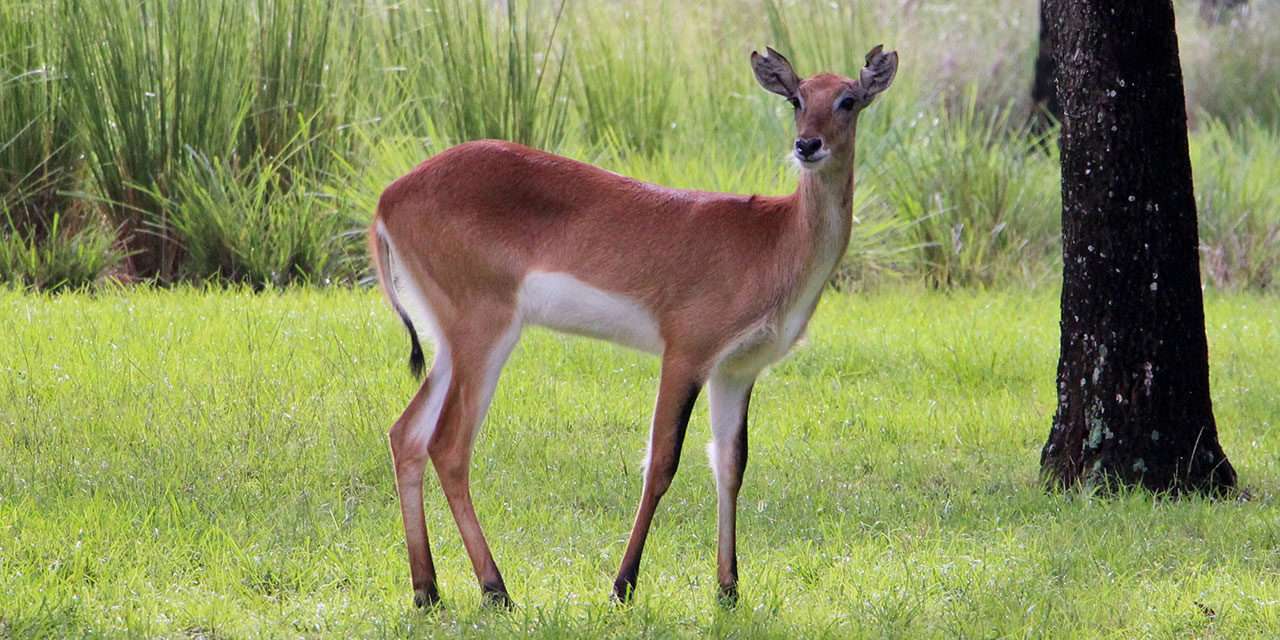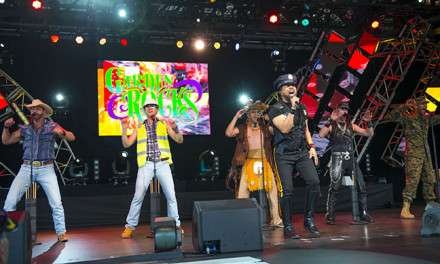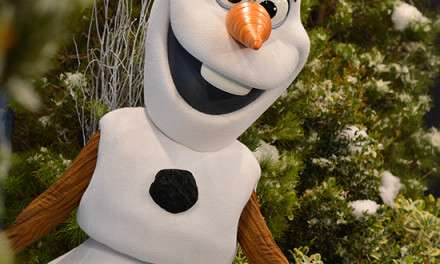With summer coming to an end, many children are going back to school and seeing the faces of new teachers, students or day care workers. Here at the Walt Disney World Resort, we are seeing some new faces, too!
Meet the red lechwe, our newest inhabitants of Disney’s Animal Kingdom Lodge. Lechwe are distinguished by their long bodies and hindquarters that are higher than their shoulders. The red lechwe is a subspecies named for the reddish-brown color of their coats. As lechwe age, it is easier to detect the differences in males and females, as the males’ coats turn a darker color.

Red lechwe eat grass from flooded areas and aquatic vegetation. They have special adaptions, including long narrow hooves that allow them to live in marshy environments. Similar to waterbuck, lechwe have a greasy, water-repellent coat that helps when they are swimming or grazing on aquatic plants.

The red lechwe can be found at Kidani Village at Disney’s Animal Kingdom Lodge, on the Pembe Savanna, which they share with red river hogs, as seen in the photo below.

At Disney’s Animal Kingdom, we have the privilege of welcoming two chicks to the family!
Meet our two young pink-backed pelicans. They are named for the light-pink color their backs turn during mating season. They nest in large groups and lay two to three eggs at a time. Hatching a pelican chick takes team work, and both parents incubate, or sit on, the eggs for around 30 days. It takes around 70-85 days after hatching for the chicks to fledge, or grow their feathers. As long as the nest remains intact, the pelicans will return to nest in the same nest year after year.

You can see the pink-backed pelicans and their chicks on Kilimanjaro Safaris, on an island in the Safi River.
Learn more about the animals at the Walt Disney World Resort by visiting DisneyAnimals.com and visit the Disney’s Animals, Science and Environment Facebook page.




